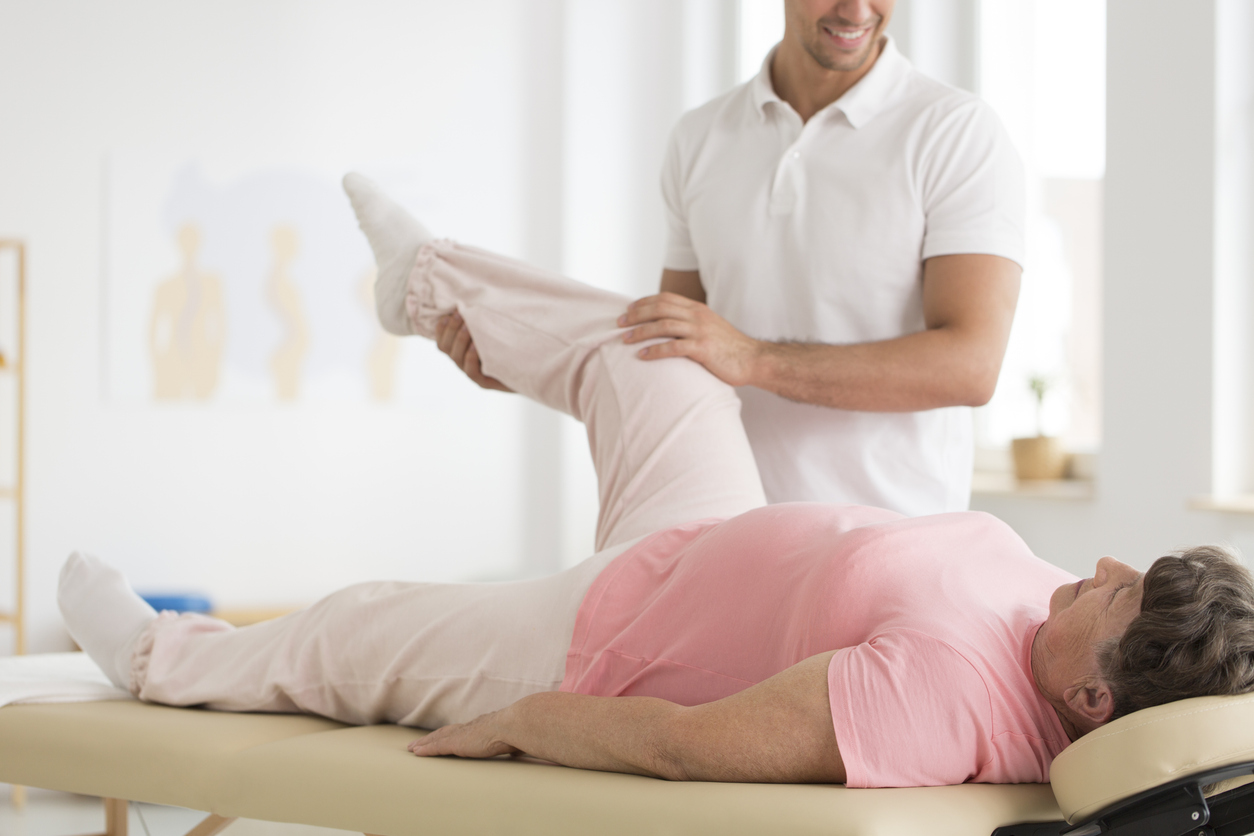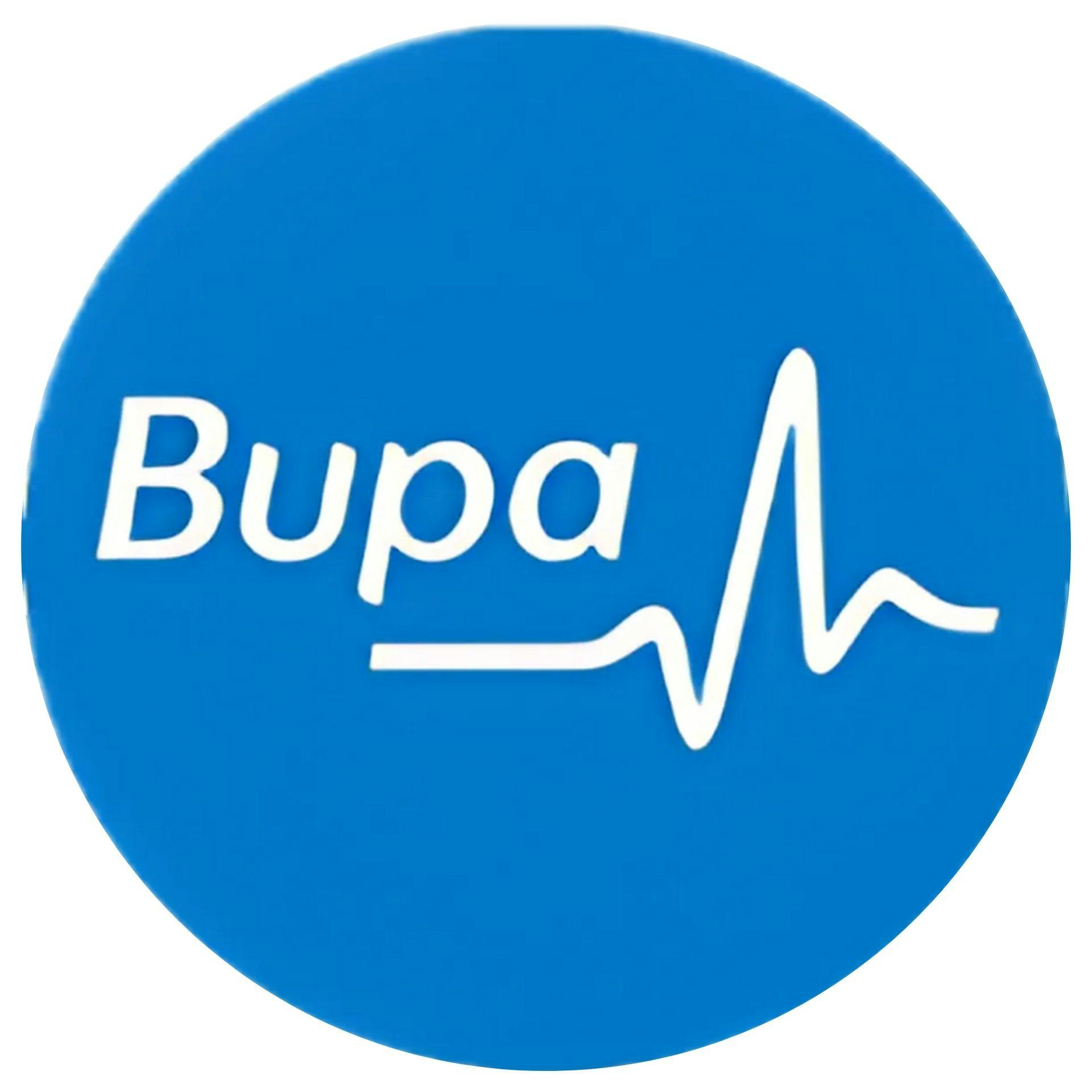Restoring You to YouSchedule Your Consultation Today
Contact Us
Recovering from a hip replacement doesn’t look the same as it did even a decade ago. While traditional physiotherapy remains essential, new technologies and strategies are making recovery faster, safer, and more personalised than ever. From wearable sensors to virtual physiotherapy, this blog explores the latest innovations that are transforming post-operative rehabilitation for hip replacement patients.
Why Rehabilitation Matters
Even with the best surgery, a successful outcome depends heavily on post-operative rehab. The goals of rehabilitation include:
- Regaining strength and mobility
- Preventing complications like stiffness or clots
- Returning to daily activities and independence
- Building confidence in movement
Early and structured rehabilitation significantly reduces recovery time and improves long-term function.
Enhanced Recovery Pathways and Early Mobilisation
Part of modern rehab is the Enhanced Recovery After Surgery (ERAS) model, which encourages:
- Standing and walking on the day of surgery
- Early engagement in physiotherapy
- Functional training focused on real-life activities
This proactive approach boosts circulation, preserves muscle tone, and improves patient morale.

Virtual and Remote Physiotherapy (Tele-rehab)
Access to in-person physiotherapy isn’t always easy. That’s where virtual rehab platforms come in. These tools offer:
- Video-based guided exercises
- Real-time physiotherapist consultations
- Progress tracking via apps
Benefits include flexibility, lower cost, and consistent care, especially for patients in remote areas.

Wearable Technology and Motion Sensors
Small devices placed on the hip, thigh, or shoe can monitor:
- Walking speed
- Step count and gait
- Range of motion
- Balance and weight shifting
Wearables provide real-time feedback to both patients and clinicians, helping personalise rehab and identify problems early.
Some systems even use machine learning to detect abnormal movement patterns and suggest corrective exercises.
Personalised Recovery Plans
No two patients recover the same way. New technologies allow rehab to be:
- Adjusted in real time based on progress
- Adapted to pre-existing conditions (e.g. arthritis in other joints)
- Informed by AI algorithms using large datasets to predict recovery speed
This leads to more accurate goal setting and fewer setbacks.
The Role of the Multidisciplinary Team
Innovative rehab still relies on a strong support team:
- Physiotherapists to tailor and guide exercises
- Occupational therapists for home safety and function
- Surgeons and nurses for medical follow-up
Technology enhances this teamwork but doesn’t replace it.
Conclusion
Rehabilitation after hip replacement is entering a new era—one that’s smarter, more flexible, and patient-focused. With tools like virtual physiotherapy and wearable trackers, patients now have more support and control than ever before.
If you're preparing for or recovering from hip surgery, talk to your care team about how these innovations can be part of your rehabilitation journey. The right approach can make all the difference in returning quickly and confidently to an active life.

Author: Mr Rahul Kakar
Mr. Rahul Kakar, MBBS, MRCS, FRCS (Tr. &Orth.) is a consultant orthopaedic surgeon with advanced fellowship training from top UK centres. Based in Scotland, he specialises in knee and hip surgery, including complex and revision procedures. As governance lead at NHS Tayside, he also trains registrars and MCh students. Known for enhanced recovery techniques, Rahul helps most patients return home within a day. He is dedicated to achieving excellent outcomes through regular surgical audits and patient-focused care.






